How to choose a floor lamp and recommendations to consider
Written by
08 March 2023
•
8 min read
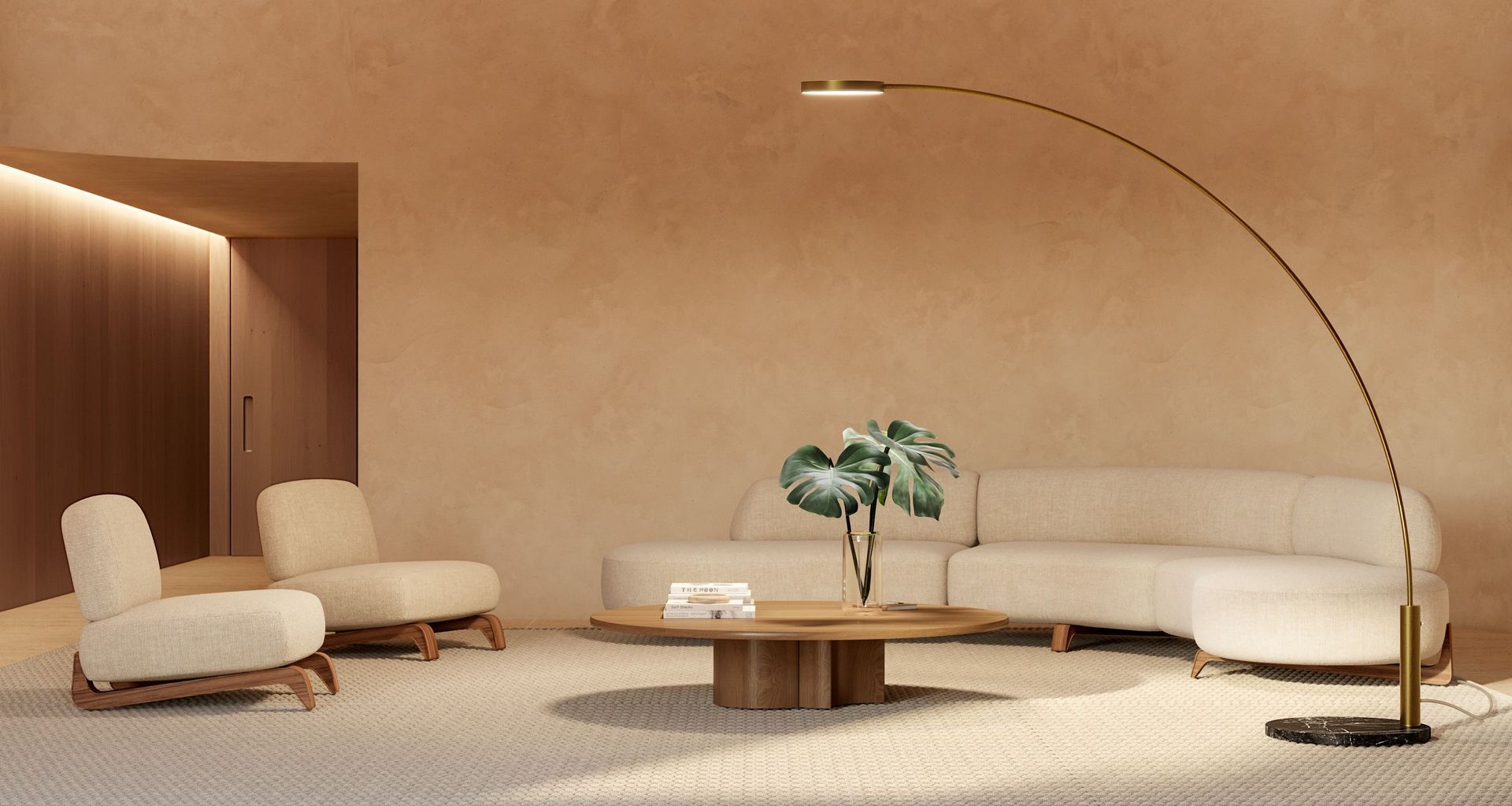
Sizes, shapes, colours, materials, styles - you name it, there’ll be a unique choice for a floor lamp against almost any characteristic you can think of. With so many options, knowing how to pick the perfect floor lamp can be challenging. However, the truth is that it’s more about choosing a floor lamp that is perfect for you and to do that, it's easiest to think about what you want in a number of ways.
1. Figure out your lighting goals
The first thing you should consider when thinking about floor lamps, is what the lamp's main function will be. This will immediately put you on the right path.
Lamps can be used as task, accent or ambient lighting, or a combination of all three.
Accent lighting is when light is directed at one area or one specific object. This kind of lighting is sometimes used to highlight artwork or other decor items. Ambient lighting is that which generally covers the entire room and task lighting is designed to help you perform specific tasks like reading a book.
Think about which of these best describes how you want your floor lamp to function and start narrowing the options accordingly, either by checking the manufacturer's details about the lamp or by asking a trusted lighting supplier.
2. Size is everything
The size of your lamp should depend on what room it will be in and its purpose.
For instance, if you're looking for a living room lamp and you're trying to make the most of a small space, a torchiere floor lamp would be an appropriate choice. These lamps, with their distinctive lamp shaves that direct light upwards, help create the illusion of giving height to a small room.
If you're otherwise trying to save space, consider floor lamps that have small bases (so long as they are stable) with adjustable height settings.
Taller lamps of more than 4ft do best in larger rooms and open spaces, while overhead and table lamps fit well in smaller rooms.
Related article: A selection of the best table lamps in New Zealand
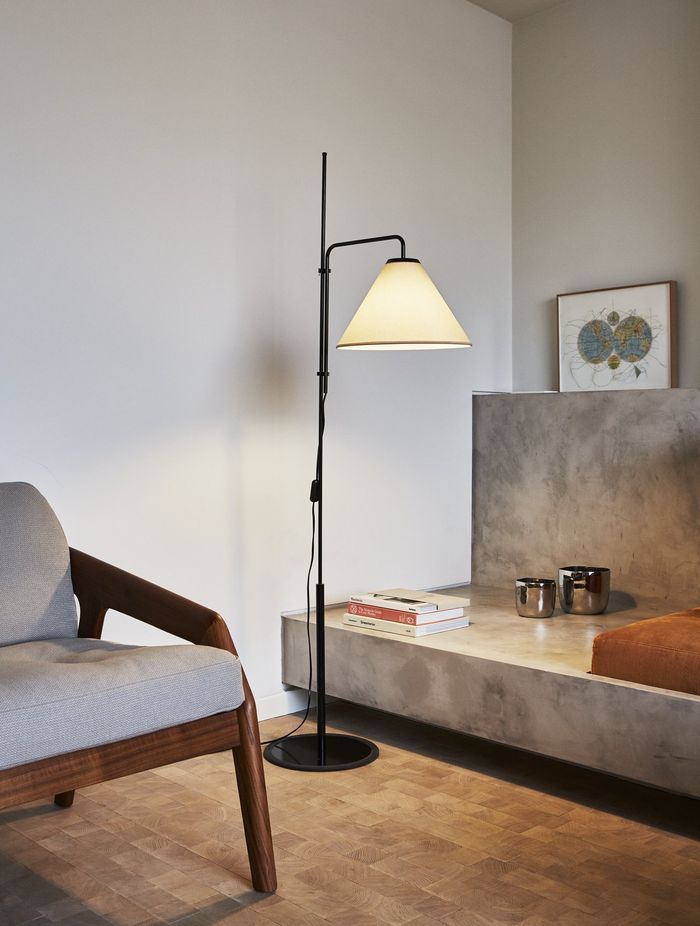
3. Pay attention to style
Consider the overall style of the room before you purchase a lamp or any furnishing for that matter. You’ll want it to complement, not detract from the interior design of the room. Luckily, there is a huge variety of styles and types of lamps available to choose from to match the look of your home.
For instance, if your room is full of neutral tones or is simple and modern, you will probably want to choose something sleek and minimalist to reflect this as opposed to something vintage and ornate.
If your room's style is more eclectic and maximalist, then a vintage, “accent” style or colourful choice might work best.
You may even want to match your choice to the other light sources in the space, be it ceiling fixtures or otherwise.
It’s about judging what’s stylistically suitable in the room environment and trying to add value harmoniously.
Related article: The most popular interior design styles shaping Kiwi homes
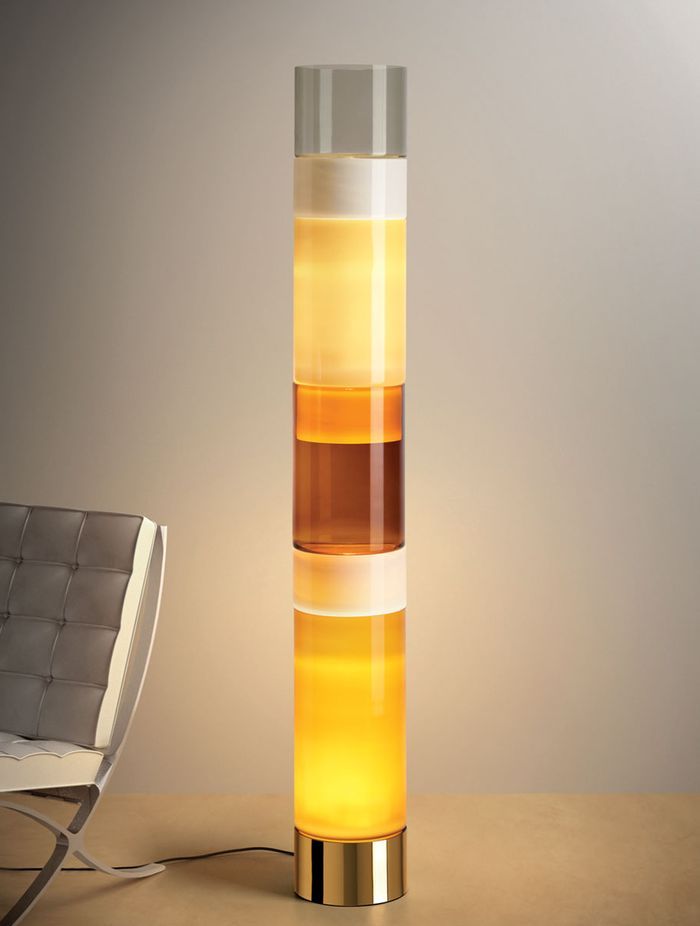
4. Don’t forget the bulb
When it comes to choosing a light bulb, there is more to consider than you might think. Technology has also brought a wider variety of bulbs than ever before, including energy-efficient LED light bulbs.
Consider the levels of light you desire from your lamp. The light bulb you choose will depend on the type of lighting you want. Do you want it to be dim and create an after-dark ambience? Or do you want it to be bright and provide plenty of light for reading and working?
To help you choose, there are some key measures to keep an eye out for. The number of lumens on a light bulb box refers to how bright the light is. The higher the number, the brighter the light.
Kelvins (K) help you measure the colour temperature of the light, from warm light hues to cooler, blue hues. The higher the kelvins, the cooler the colour will be. Rooms that you want very bright lighting in, like bathrooms or basements, should be around 5,000-6,000 kelvins.
You can also opt for fun lighting! There are "smart bulbs" now that allow you to change the colour of the bulb from an app on your phone.
Related article: Colour temperature and lighting: 5 tips to help you choose
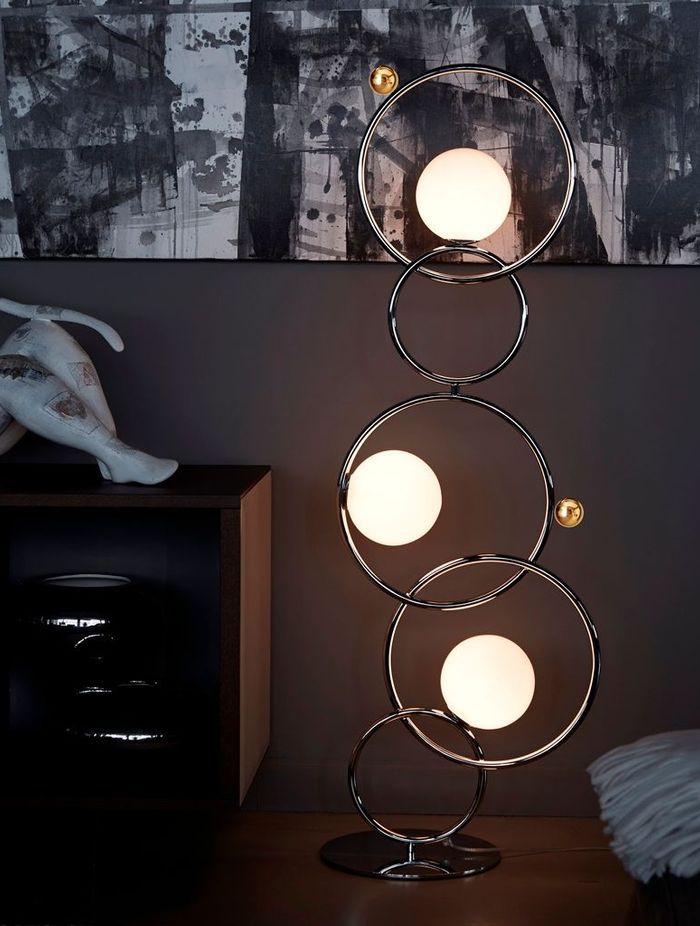
5. Consider floor lamp features that you’ll use
It's important to consider what lamp features you desire from your floor lamp, as this will help you narrow down your search.
For instance, if you need a lamp that will provide adequate lighting and also be flexible, look into arc floor lamps. These lamps are tall and chic and allow you to adjust where the light hits. Other flexible options include the gooseneck lamp with a flexible neck allowing you to shift the focus of the light from one spot to another.
One with a swing arm feature is also useful for adjusting the light if you move from chair to chair or just enjoy change. These are sometimes called boom arm lamps.
Other features that might be of interest include light dimmers which will help you manipulate the brightness and the atmosphere of a room. Cord length is an important practical feature, especially in larger spaces. Lamps with touch activation also bring quick convenience and the aforementioned use of smart technology is also becoming increasingly popular, adding an extra level of functionality, and giving you greater control.
These additional features tend to come at a premium so be sure that they’ll be ones that you are likely to use before indulging yourself.

6. Learn about lamp shade materials
One thing to remember is that lamps all come with lamp shades made of many different materials. The material of your lamp shade can affect the lighting or heat that the light gives off.
A silk lamp shade adds a classy air of extravagance and romance to a room. Its silky sheen texture creates a warm feel to any space.
For something perhaps more functionally focussed, a cotton lamp shade is common and is soft and easy to clean. It's great for areas that get dusty fast since they can be tidied very quickly.
Linens are also a popular choice of lamp shade material. These are made with a more natural texture and sometimes have a rustic look to them.

7. Think about budget and brand
When picking a floor lamp, price is always going to be a factor. As is the case with many lighting products, they can be very cheap (under $50) or reasonably expensive (over $1,000).
You'll probably have a pretty good idea of your budget and it's important to buy within one's means. However, you should also think about your purchase as a long-term investment, which is where the brand comes in.
Quality floor lamps tend to be manufactured by reputable brands with superior materials and craftsmanship. What this ultimately means is they will retain their original condition and stay in working order for longer. They also tend to come with longer and more reliable warranties.
This question of budget is a real balancing act that ultimately comes down to the individual on how much extra you're willing to pay for reputation and reliability or how much you're willing to risk to save at the point of purchase.
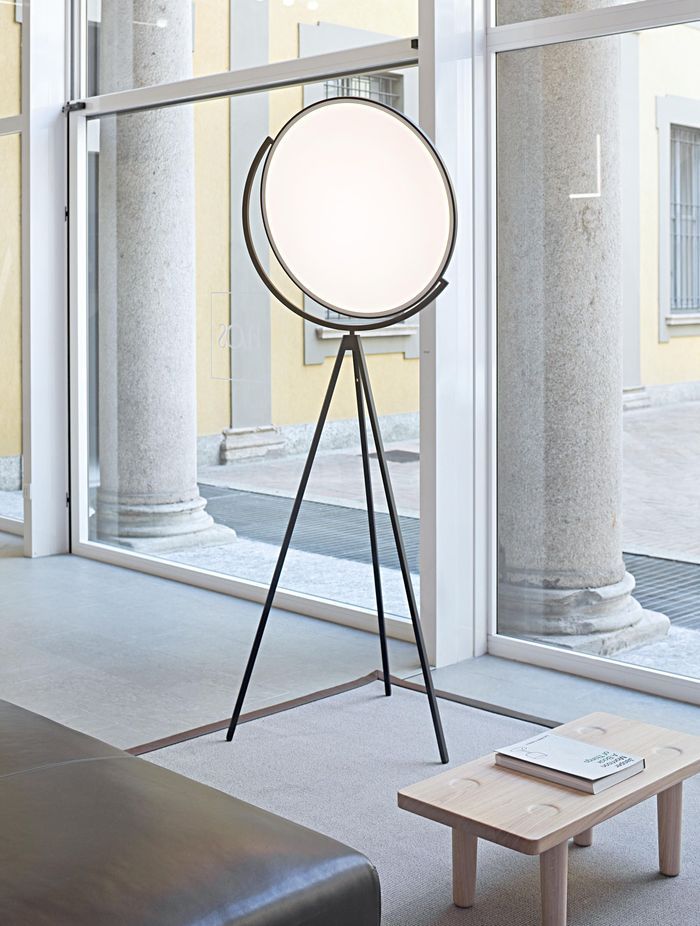
8. Be bold and try something new
Despite these “rules”, one thing you should never lose is the courage to be bold and daring. Great things come from courageous decisions and the same goes for choosing floor lamps.
This doesn’t have to mean being random or outlandish with your choice. It could simply mean trying a style you have always been curious about or a bold new colour that you’ve always been fond of. It could mean trusting your instincts despite what your head might be telling you. It could mean giving a decorative choice a try in an aesthetically quiet space.
Give yourself permission to be bold and even experimental with a floor lamp. The good thing about them is even if they don’t work in your intended space, they might be great for another room in the house and you never quite know until you give something a go.
Related article: 13 types of light fixtures and how to use them

How to choose a floor lamp with confidence
Now you know how to choose the right floor lamp and what to consider before making your big purchase. Remember, keep the fundamentals of function, size, bulbs, materials and style in mind while giving yourself enough freedom to follow your instincts before you make the final decision. That way, you’ll find yourself making a choice that naturally suits the situation and your own tastes with a floor lamp that will find a happy place in your home.
Featured recommendations
(This article was updated on the 11th November 2024)